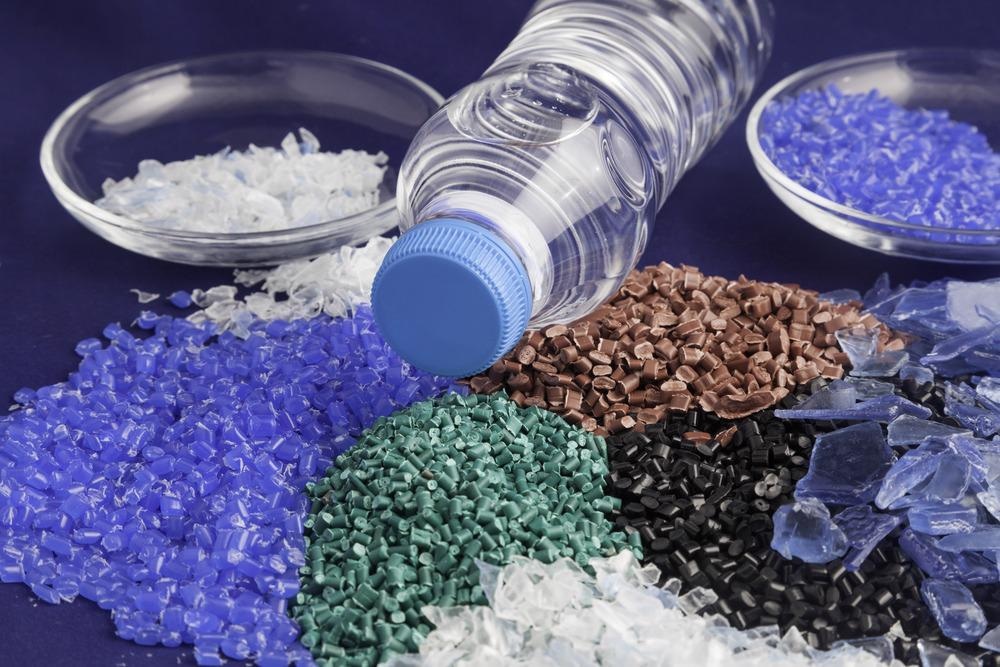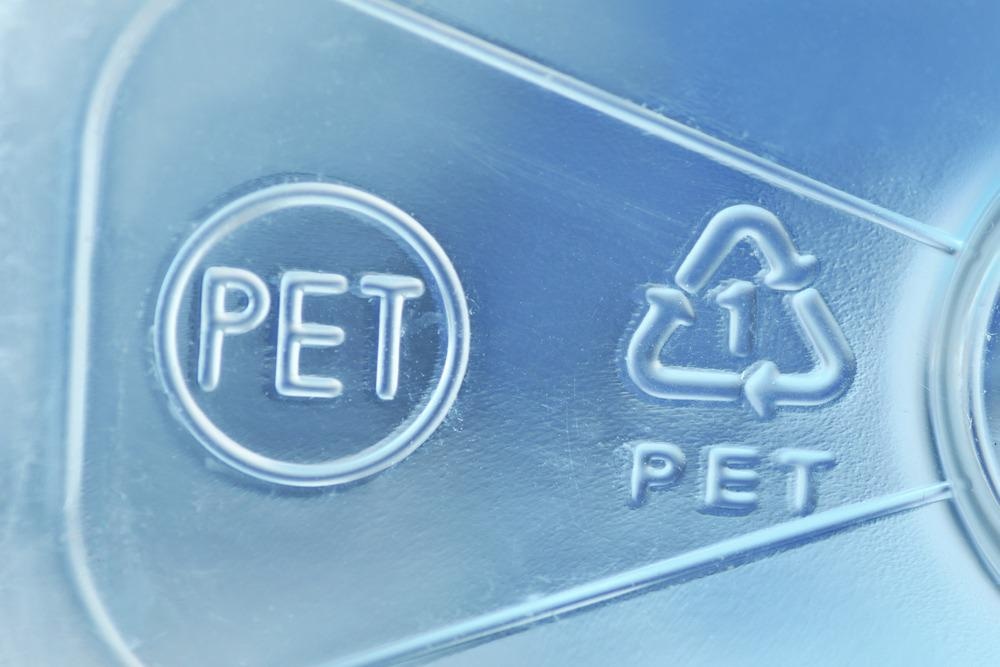Various strategies have been formulated to minimize the accumulation of rapidly increasing plastic wastes. One of the methods involves upscaling, which is based on a catalytic transformation of plastics.

Image Credit: Aykut Erdogdu/Shutterstock.com
Plastics are synthetic materials that are composed of polymeric chains. Even though the use of plastics has become an integral part of our lives, the amount of plastic waste discarded in the oceans and landfills is enormous. These plastics have many adverse effects on our environment.
Reclaiming Plastics from Oceans, Coastal Areas, and Landfill
A large amount of plastic waste has been detected in ocean garbage patches and coastal areas. The natural tendency of plastics is to degrade into small fragments over many years, and these fragments are often ingested by marine organisms.
Many innovative techniques have been implemented to deal with this crisis, such as the deployment of automated plastic collection units in heavily polluted rivers, which have the capacity to remove 50,000 kgs of plastic per day. Successful implementation of this program has been reported from Malaysia and Indonesia.
Researchers also indicated the importance of reclaiming plastics from municipal solid waste, which would otherwise end up in landfills and dumps. Plastics undergo different recycling strategies, predominantly categorized as upcycling (products with higher values than the corresponding plastics) or downcycling (products with lower values than the corresponding plastics) methods. This article focuses on the upscaling of polymers.
Upscaling of Polymers
The strategy of plastic reclaiming, recycling, and upcycling has provided a ray of hope to overcome the problems of single-use plastics. Recently, Japanese scientists have formulated a biocatalytic method, using novel bacterial enzymes to hydrolyze polyethylene terephthalate (PET) and its intermediate, i.e., mono(2-hydroxyethyl) terephthalic acid. Scientists believe that such enzymes could play an important role in the development of innovative upcycling schemes in the future.
Researchers have indicated that both monomers, as well as partially deconstructed polymers, are important ingredients for the development of various value-added chemicals, materials, and fuel. Chemical recycling or catalytic depolymerization is a process that involves the conversion of polymeric waste to monomers.
If purified, monomers acquire properties that are similar to virgin plastics. Catalytic depolymerization of monomers depends on the presence of unstable chemical bonds in the skeleton of the polymers. This process has been concentrated on polyesters, e.g., PET, because chemolysis of esters is a relatively simplistic approach. Some of the upcycling methods based on the products are discussed below.
Upcycling to Chemicals
Some catalytic depolymerization methods used for the conversion of PET to monomers via catalytic depolymerization involve hydrolysis with water. This process is capable of producing ethylene glycol and terephthalic acid under neutral, acidic, or basic conditions. Recently, enzymatic hydrolysis has also left a mark in catalytic depolymerization of PET and polyurethanes (PUR). Catalytic depolymerization of PET via alcoholysis with methanol or ethanol produces dialkyl terephthalate and ethylene glycol.
Catalytic depolymerization of other polyester plastics, such as polybutylene terephthalate (PBT) and PUR, via chemical processes (glycolysis, aminolysis, pyrolysis), leads to the production of many important chemicals. Another method that plays a significant role in polymer upcycling to chemicals is catalytic hydrogenolysis.
Hydrogenolysis is a type of depolymerization method whose mechanism involves the disruption of chemical bonds of the polymer. Typically, upcycling of plastic wastes using the hydrogenolysis method can be performed using two types of plastics, i.e., PET and polyethylene (PE), to produce1,4-benzene dimethanol and ethylene glycol.
Upcycling to Materials
Researchers are now able to transform a common household plastic into a reusable adhesive, showing a rare combination of ductility and strength. Typically, it is not easy to design tough adhesives as they are required to be incorporated in both hard and soft substances. For instance, structural adhesives (e.g., epoxy) have immense load-bearing strength but lack toughness, which is required to dissipate stress.
Scientists have upcycled polystyrene-b-poly(ethylene-co-butylene)-b-polystyrene (SEBS), which is basically a type of thermoplastic, to produce the reusable adhesive. In this context, researchers used boronic esters to couple SEBS with silica nanoparticles (SiNP), which strengthen polymers. The newly upcycled adhesive material could be reused and recycled. This property broadens its applicability to aerospace, automotive, and construction adhesives.

Image Credit: CalypsoArt/Shutterstock.com
Plastic wastes are also converted to versatile carbon materials, such as carbon dots, carbon nanosheets, carbon nanofibers, carbon nanotubes, graphite, graphene, etc. These carbon-based products are extensively used in many domains of engineering and science. Conversion of polyolefin plastics, such as PET, to carbon nanotubes is a two-step process, where PET is first converted to gas products via pyrolysis.
Subsequently, these gas products are transformed into carbon nanotubes using a nickel or iron-based catalyst. Several studies have indicated that polymer upcycled carbon-based materials act as a promising candidate for the production of batteries, adsorbents, electrocatalysts, supercapacitors, and solar vapor generation materials.
Upcycling to Fuels
The main composition of many plastics, especially the carbon and hydrogen content in polyolefins, are similar to that of petroleum-derived hydrocarbons. This is the reason why the calorific value of plastic waste is almost equivalent to liquid fuels. Additionally, due to the high hydrogen content in plastic wastes, these are considered alternative hydrogen-energy feedstock. The valorization of plastic wastes enables the production of high-performance fuels, such as hydrogen gas and liquid alkanes.
Photoreforming is a solar-driven technology that can convert polar polymers, such as PET, and PUR, to hydrogen fuel. In 1981, photoreforming of actual plastics was first conducted using platinized TiO2 as a photocatalyst, but the amount of hydrogen production was extremely low. However, the use of quantum dot catalysts improved hydrogen production from waste plastics (PET and PUR) dramatically. Another method, known as catalytic hydrogenolysis, can convert PE into alkane products (e.g., waxes, and diesel).
Future Prospects
Scientists believe that tailored upcycling methods for each type of plastic would not only be economically beneficial but have environmental benefits as well. They further stated that lucrative upcycling processes could increase the reclaiming rate of plastics. The issues of using toxic reagents during upcycling processes and the production of secondary pollution must be addressed in the future for better upcycling processes.
References and Future Reading
Rahman, A. M. et al. (2021) Design of tough adhesive from commodity thermoplastics through dynamic crosslinking. Science Advances. 7(42). https://www.science.org/doi/10.1126/sciadv.abk2451
Plastic upcycling. (2019) Nature Catalysis. 2. pp.945–946 https://doi.org/10.1038/s41929-019-0391-7
Halford, B.(2021) A radical way to upcycle polymers. Chemical and Engineering News. 99 (13). [Online] Available at: https://cen.acs.org/acs-news/acs-meeting-news/radical-way-upcycle-polymers/99/i13
Korley, J.T.L. (2021) Toward polymer upcycling—adding value and tackling circularity. Science. 373 (6550). pp. 66-69.https://www.science.org/doi/10.1126/science.abg4503
Hou, Q. et al. (2021). Upcycling and catalytic degradation of plastic wastes. Cell Reports Physical Science. 2(8). https://doi.org/10.1016/j.xcrp.2021.100514
Disclaimer: The views expressed here are those of the author expressed in their private capacity and do not necessarily represent the views of AZoM.com Limited T/A AZoNetwork the owner and operator of this website. This disclaimer forms part of the Terms and conditions of use of this website.